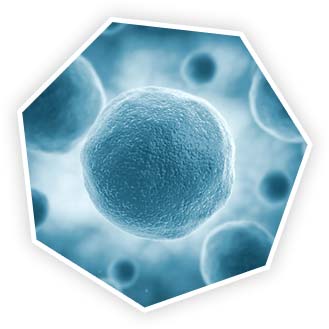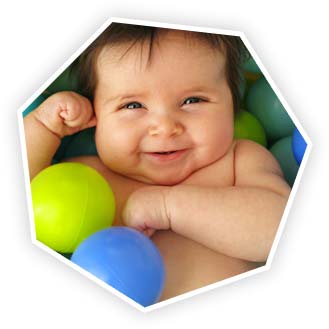
One of the proudest moments for a parent is when you cut the umbilical cord and welcome your new baby into the world. That same umbilical cord can be stored as a potentially lifesaving resource for your new child. Unlike some companies, at Stem Cell Cryobank we store the entire cord tissue, giving you access to all of the different types of stem cells found both inside the umbilical cord as well as on the lining of the cord tissue.
RESEARCH INTO CORD TISSUE, ALTHOUGH Still IN the EARLY STAGES, HAS BEEN VERY PROMISING AS A POTENTIAL SOURCE of stem cells TO USE in treating MANY CHRONIC AND LIFE THREATENING DISORDERS.

Found in the outer lining of the cord.

Located in the inner lining (Wharton’s Jelly) of the cord tissue.



Stem cells from cord tissue have the power to regenerate other cells, as well as structural and connective tissue. Because of this versatility, many diseases are being researched with cord tissue as a potential treatment including3:

As with cord blood, the collection process for Cord Lining is fast, easy, and painless. First, your baby’s umbilical cord is clamped and cut, and the cord blood is collected.
Your health care professional will then collect 5”-10” of the umbilical cord which contains the cord lining and place it into the protective cup provided in your Stem Cell Cryobank collection kit.